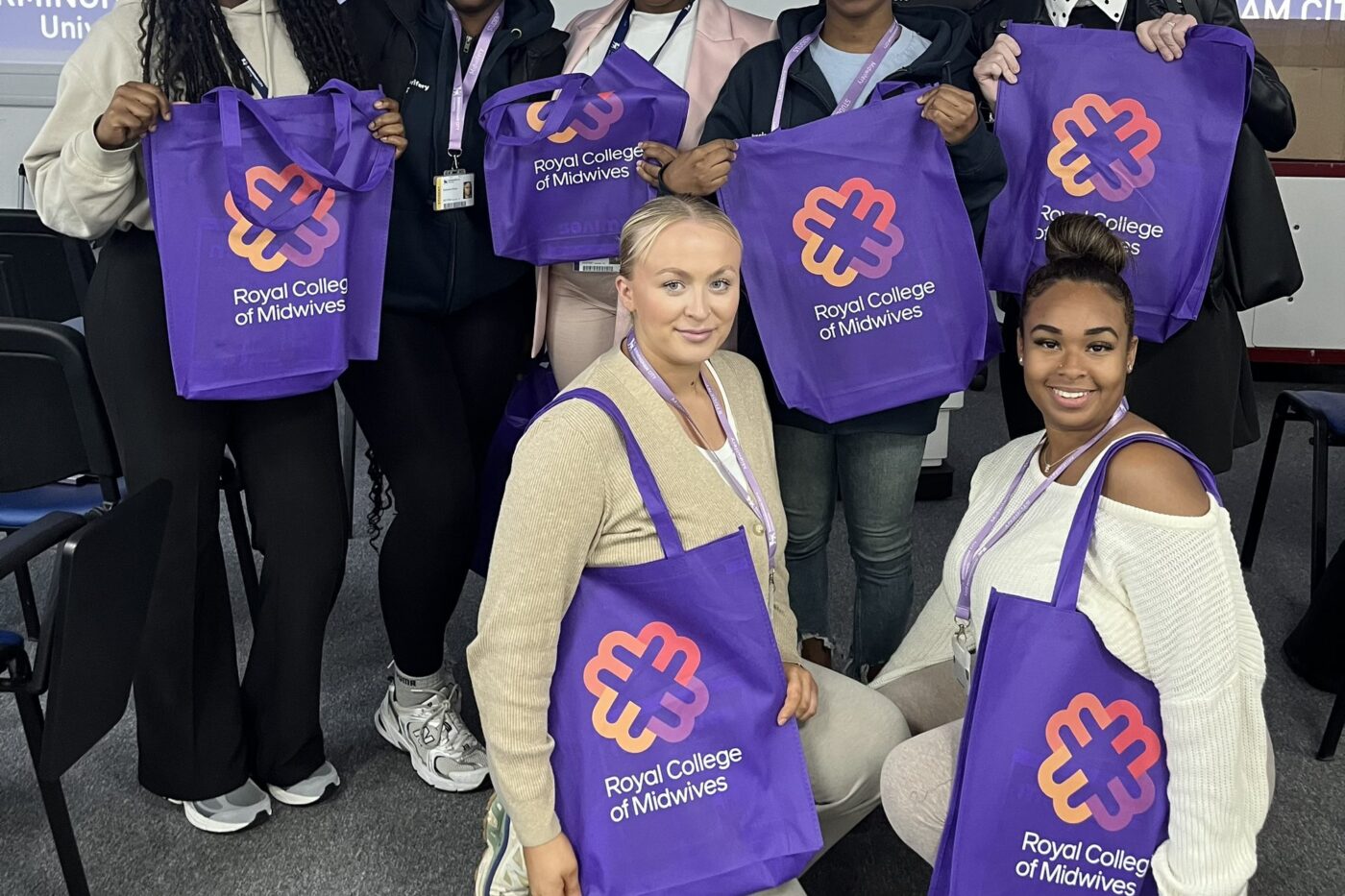Creating a Student Membership Category: A Model Based on the RCM Approach

This is the second article in a series written by the Royal College of Midwives (RCM) on the importance on the benefits of midwifery associations engaging student midwives. This post explores how associations can create a student membership category, using the RCM model as an example.
Engaging student midwives through membership is an effective way to build a strong and connected professional community. The RCM in the UK has successfully established a student membership category that provides aspiring midwives with support, mentorship, and opportunities for professional growth from the earliest stages of their careers. This approach helps students navigate their education, nurtures leadership potential, and encourages lifelong engagement with the profession.
By creating a student membership category, midwifery associations can ensure that students feel valued, supported, and empowered to shape the future of midwifery. Below, we outline key steps in developing a successful student membership model.

Steps to creating a student membership category:
Define Eligibility Criteria
Clear eligibility criteria ensure that student membership is accessible to those in midwifery education. In the RCM model, student membership is open to individuals enrolled in recognised Nursing and Midwifery-approved education programmes. The RCM also offers an associate membership category for those considering midwifery but not yet enrolled, giving them access to useful resources as they prepare to apply.
Offer Affordable or Free Membership
Student midwives often face financial constraints, so affordable or free membership encourages participation. The RCM, for example, offers a low-cost student membership—equivalent to the price of a cup of coffee per month—which continues at a discounted rate for the first-year post-qualification.
Provide Meaningful Membership Benefits
To attract student members, associations must offer tangible benefits that support their education and professional development. The RCM student membership includes:
- A welcome pack with a personalised letter, RCM merchandise, and educational materials.
- Access to Midwives magazine and online research resources.
- Invitations to exclusive RCM events, including conferences, webinars, and local branch meetings.
- Over 150 e-learning modules and live webinars to support learning.
- A subscription option for the MIDIRS Midwifery Digest, providing access to current research and literature search packs for assignments.
- The opportunity to join the RCM Student Midwifery Society network and nominate themselves for the Student Midwife Forum.
Create a Student-Led Committee
A student-led committee ensures that student midwives have a voice within the association and can actively contribute to shaping their professional community. The RCM Student Midwife Forum consists of student members who self-nominate to represent their region or country within the UK. A structured student committee can:
- Advocate for student interests and raise key issues
- Organise tailored events and networking opportunities
- Provide feedback on educational resources and initiatives
- Strengthen connections between student members and the wider association
Promote Membership Widely
Encouraging student membership requires strategic outreach and collaboration with educational institutions. Midwifery associations can promote student membership by:
- Hosting sessions at university induction events
- Setting up information stands at student events and midwifery fairs
- Collaborating with lecturers to highlight the benefits of professional membership
- Running social media campaigns targeting student midwives
Investing in the Future of Midwifery
Creating a student membership category is an investment in the future of midwifery. By following the RCM model – offering free or affordable membership, providing valuable benefits and fostering engagement – associations can ensure that student midwives feel supported and connected. For associations looking to implement this model, the key is to prioritise accessibility, meaningful engagement, and opportunities for student engagement. By doing so, they can build a strong midwifery community where students are empowered from the very beginning of their careers.
The next blog in this series, written by the RCM, will explore the role of student-led committees, featuring insights from the RCM Student Midwife Forum on how students can shape and influence their profession.